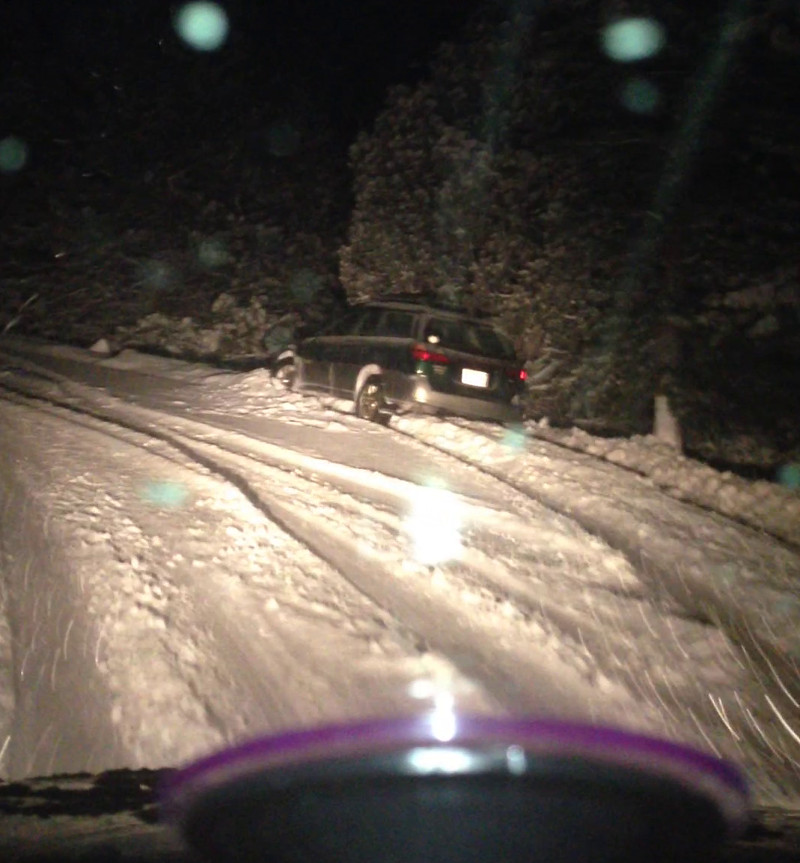Is everyone in Washington state incapable of understanding that a system which drives all wheels, all the time, is going to provide better traction than one that says "oh crap!" once wheels are already slipping?
Is everyone in Arkansas so ignorant about driving in the snow? I've been driving in snow in the North Cascades and Western Montana, Idaho and British Columbia on a regular basis (due to my snow sports addiction as well as working at two different ski areas) for over 35 years. In Montana I drove a skier shuttle van to the lifts making up to 8 round trips a day. In the North Cascades I drove employees to the mountain in the company 4x4's and delivered beer kegs, soda pre-mix, frozen burgers, dogs, buns, and other edibles in a one axle dually truck. And in personal rigs I've driven AWD Subaru's, AWD and FWD Volvo's, FWD and RWD VW's, Ford 4x4's, a Nissan Patrol 4x4 and probably a few I can't remember. I've never been stuck more than 5 minutes. So it amazes me how you know so much about winter driving.
Why don't you find me some evidence of your own that the CX-5's system is better than Subaru's for slick surfaces.
I've never said the CX-5 is better, I said both systems have advantages and disadvantages. On fast icy roads the CX-5 is better, climbing a steep dicey hill the Subaru might have a small advantage. But you seem to be ignorantly splitting hairs when comparing these different AWD systems. Even the difference between two brands of winter tires is a bigger deal than any difference between Subaru and Mazda AWD systems. You are really splitting hairs with your nonsensical statements.
I'll be waiting for this comparison video...
I don't need no stinking video! My knowledge didn't come from watching videos, it came from over 100,000 miles of actual snow and ice driving in every condition imaginable. Being a powder hound I throw my gear in the car when the storm fronts are coming in. I park in parking lots where cars get buried out of sight in three days time with not even a window showing and I dig my car out to get back home. I know what works and what doesn't work. The roads are steep, the hairpins are tight and narrow and the results of going over the edge are serious. I don't need no stinking videos (especially not ones with policemen paid by Subaru) to tell me what works and what doesn't.
Seriously, find such a video so I can take you seriously.
Collect some winter driving experience so you will someday actually know what you're talking about.
It sounds to me like you are emotionally bias because if your financial investment (CX-5 owner).
No, I've never considered cars an investment. I've bought every car I've ever owned with cash (save for that Nissan Patrol, charged the last $600 on my Visa card and paid it off the following month). Cars are tools, not investments. Investments appreciate, cars depreciate. If you think I'm emotional it has nothing to do with what you consider my "financial investment", it has to do being told what works in winter conditions by a youngster who learned primarily by watching videos on the Internet and reading marketing propaganda. If the CX-5 did not perform well for my needs I would dump it in an instant and go get something that worked better. I have a 2010 F-150 4x4 with limited slip differential. Even with the bed filled flush with firewood for even weight distribution it can't climb steep snow/ice like the CX-5 can. And that's true even when the CX-5 has the OE all-season Geolanders on it.

